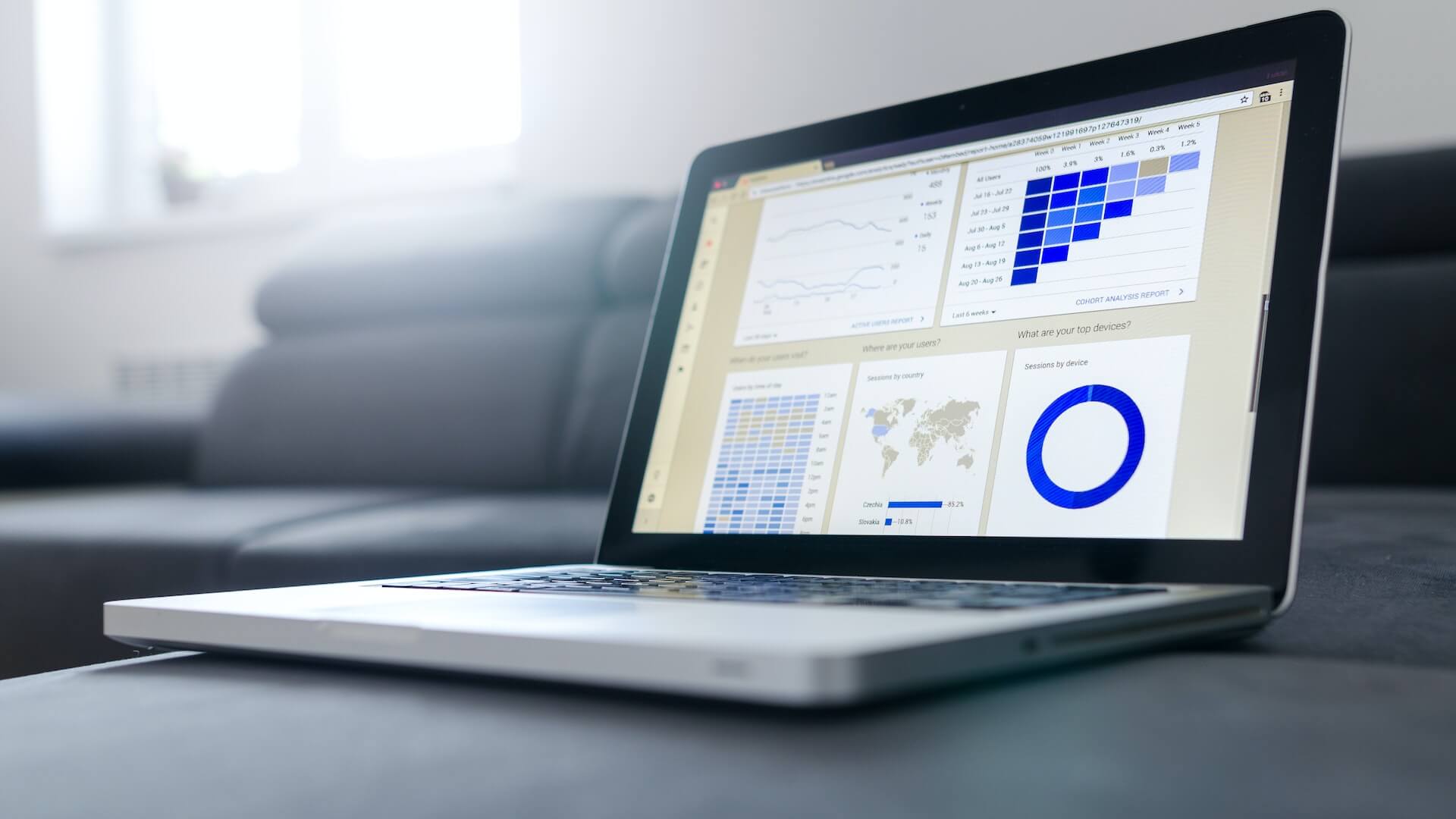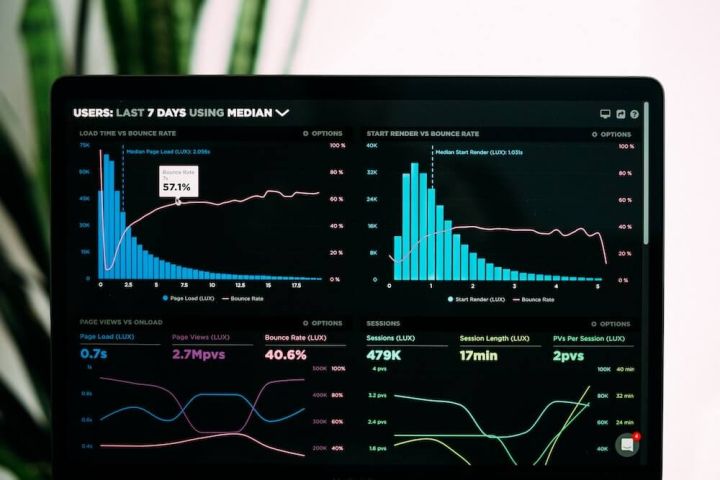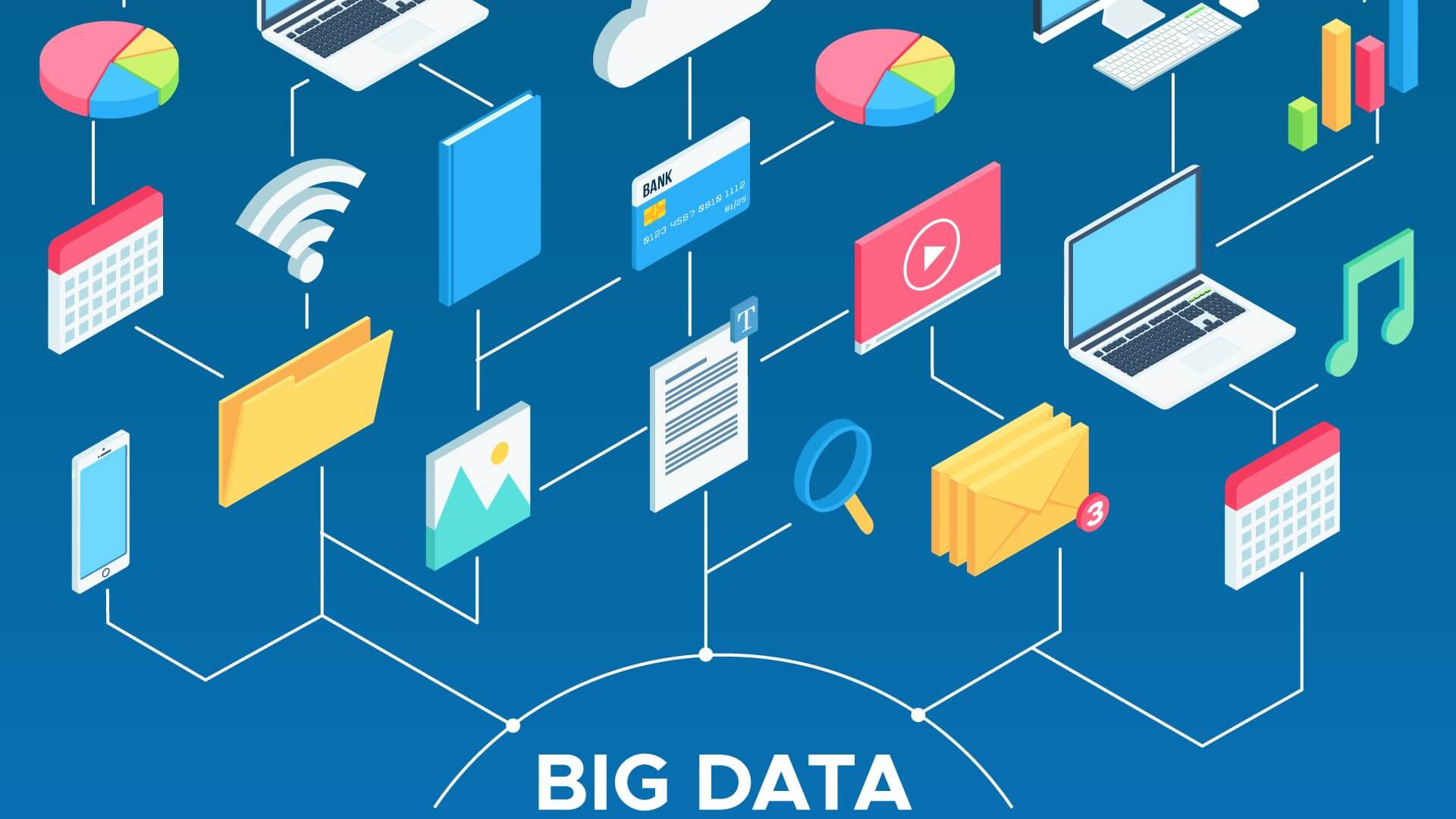Data visualization is mainly aimed at communicating and communicating information clearly and effectively with the help of graphical means.
Big Data
When executives hear the term "big data", they naturally think of an amazing amount of available data. This data comes from e-commerce and omni channel marketing, or from connected devices on the Internet of Things, or from applications that generate more detailed information about trading activities.
The application of big data is just like the use of credit cards. The better you use it, the greater the income. On the contrary, can enterprises bear the cost of mistakes in big data? This article describes 6 major mistakes and solutions.
Streaming data includes a variety of data, such as log files generated by customers using your mobile or web applications, online shopping data, in-game player activity, social networking site information, financial trading floors, or geospatial services, as well as telemetry data from connected devices or instruments in your data center.
What we can predict is that the future of big data technology will continue to evolve along the direction of heterogeneous computing, cloudization, AI convergence, and in-memory computing.
The British science and technology news media V3 recently listed 10 relevant misconceptions about big data applications.
2013 is called the first year of big data, and all walks of life are gradually opening the era of big data applications. Until now, big data is still talked about.
Big data has been closely related to our life, many enterprises have started to use big data, even a small thing in our life may be related to big data.
Data Lake is a term that has emerged in the past decade to describe an important part of the data analysis pipeline in the big data world.
Although big data may seem advanced, but in these years of development, there have been many cases close to our lives, but we may not realize that this is actually "big data" in action.










